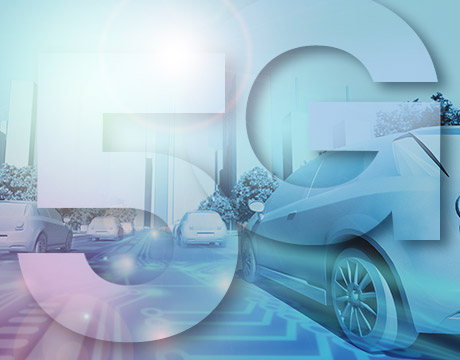Why We Need 5G Cellular Service
Why We Need 5G Cellular Service


Read Part One: The Critical Need for 5G Cellular Service
The new data-sharing network that defines so many technical applications would be almost impossible without 5G. Because it transmits data more efficiently, 5G has the potential to be 40 times faster and suffer shorter lag times than the current 4G standard. That speed is critical for autonomous cars, where timely decisions need to be made to avoid crashes.
5G will also be able to transmit video instantly over long distances, allowing one vehicle to share live images with many others.
“5G will bring more transmission capacity and bandwidth,” Ojanperä said, “so we are looking at a see-through application where vehicles traveling in a queue can get a view of the front of the pick-up truck and adjust their actions accordingly in terms of takeover.”
Top ASME.org Story:
Fight Climate Change, Build the Wall
Editor’s Pick:
Navy Sails Into Supply Chain with Metal 3D Printing
Researchers at VTT are running cars in hazardous conditions in the Lapland town of Sodankylä, where 11 feet of snow falls in a typical year, to show how 5G can broadcast information to improve autonomous and semi-autonomous car navigation. Sensors in a manually driven car and fixed weather stations alongside a test track will collect information on ice build-up, which can reduce friction on the road surface. The readings will be sent over a 5G network to the Finnish Meteorological Institute, which works with VTT to analyze the data. If the road is determined to be slippery, an alert will be sent to a 5G-equipped Martti self-driving car that’s also running on the track.
“We can pull sensor data, transfer it to a back-end server in the 5G test network and send out the warnings, and test the maneuvers and actions in the Martti when it receives the warnings,” VTT’s Ojanperä said. “It can go around an obstacle or choose another route if slippery road conditions are detected in one stretch of road.”
The trial is based on low-bandwidth 5G IoT communications, but cars could exploit high-bandwidth capabilities. For instance, onboard cameras could send images to cloud services to determine hazardous road conditions, and that video could be shared in case of accident, Ojanperä said. “5G will allow transmission of more extensive data, including video and phone call to emergency centers.”
The new data sharing network that defines so many technical applications would be almost impossible without 5G.
Other experiments have shown the potential of 5G in connected cars. A June 2018 experiment in Detroit by the 5G Automotive Association showed how cars could get information on traffic congestion and other road conditions beyond the immediate view of the vehicle.
5G may also enable manufacturers to deliver faster over-the-air software updates to vehicles and allow quicker diagnosis of performance issues. While seamless fixes to minor problems might seem like a boon, even automotive researchers admit it could raise questions of who really owns the car.
“What happens if your car will be behaving differently compared to how you originally planned to use it? It’s a bit of a safety risk,” Ojanperä said.
5G’s potential is yet to be fully realized, but one thing is certain: It makes IoT devices and sensors in robots, machines, cars, and drones matter unlike any other past technology.
Agam Shah is an independent technology writer in New York City.
More Exclusive Stories from ASME.org:
Using the Eyes of Killer Shrimp to Design a Super Camera
5 Ways How Digital Farm Technology Is Transforming Agriculture
How Engineers Can Resolve Conflict and Save Their Business





